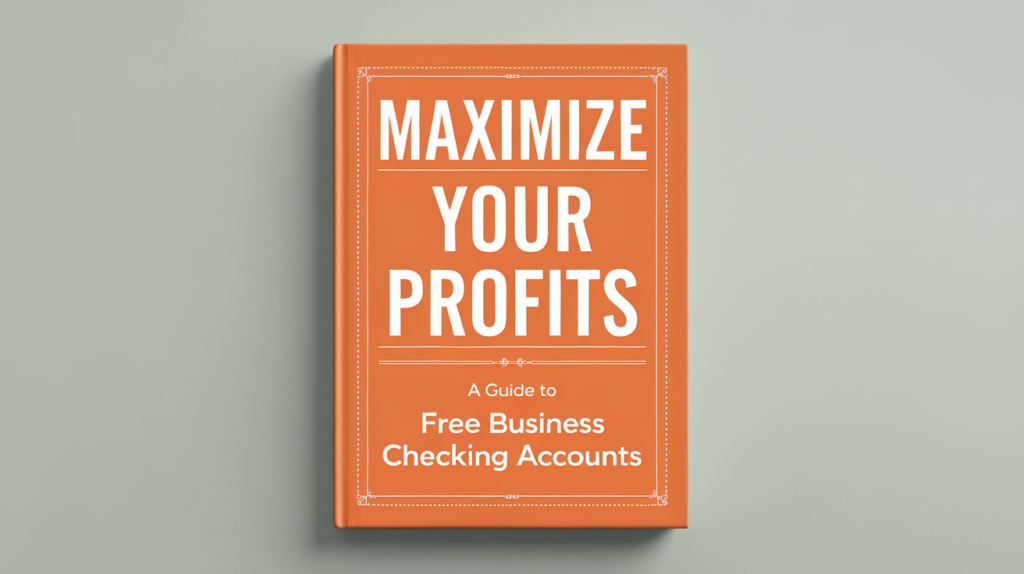Mastering Your Finances with the 50/30/20 Rule
Budgeting can often feel like a daunting task, especially if you’re new to managing your finances. However, the 50/30/20 rule offers a simple and flexible approach to budgeting that can help you gain control over your spending and start saving effectively. In this blog, we’ll explore what the 50/30/20 rule is, its benefits and drawbacks, and how you can implement it in your life. Plus, we’ll discuss some alternatives if this method doesn’t quite fit your needs.
What Is the 50/30/20 Rule?
The 50/30/20 rule is a budgeting strategy that divides your income into three categories: 50% for needs, 30% for wants, and 20% for savings and debt repayment. The first step is to identify your monthly after-tax income, also known as net income. Once you have this figure, you allocate your income as follows:
- 50% for Needs: These are essential expenses that you cannot live without, such as rent or mortgage payments, groceries, transportation, childcare, insurance, minimum debt payments, and utilities.
- 30% for Wants: These are non-essential expenses that enhance your quality of life, such as entertainment, travel, dining out, personal care, and technology beyond basic needs.
- 20% for Savings and Debt Repayment: This portion goes towards building your savings and paying off any debt beyond the minimum payments. This includes retirement savings, emergency funds, and savings for specific goals like buying a home.
Benefits of the 50/30/20 Rule
The 50/30/20 rule is straightforward and easy to implement, making it an excellent starting point for those new to budgeting. It doesn’t require elaborate spreadsheets or software, and it provides a clear framework for managing your finances. By categorizing your expenses, you can quickly identify areas where you may be overspending and make adjustments accordingly.
For example, if your savings and debt repayment category exceeds 20% due to a car payment, you can reduce your spending on wants until the car is paid off. This flexibility allows you to adapt the rule to your unique financial situation.
Drawbacks of the 50/30/20 Rule
While the 50/30/20 rule is simple, it may not be suitable for everyone. Some people may prefer a more detailed budgeting system that tracks every dollar spent. Additionally, keeping necessities to 50% of your income can be challenging if you live in an expensive area where rent or mortgage payments consume a significant portion of your earnings.
How to Follow the 50/30/20 Rule
To effectively use the 50/30/20 rule, balance your current income and expenses with your short- and long-term financial goals. For instance, if you earn $2,500 per month after taxes, aim to spend no more than $1,250 on necessities, $750 on wants, and allocate $500 for savings and debt payments.
If you have a credit card balance of $2,000, you might focus on debt repayment by limiting your wants to $500 per month and using the extra $250 to pay off your credit card. This approach allows you to pay off your balance in eight months while still saving for retirement and emergencies.
Does the 50/30/20 Rule Still Work?
The 50/30/20 rule remains a valuable starting point for budgeting, but it may need adjustments based on your circumstances. For example, if you spend 30% of your income on rent, you might need to cut back on wants or find ways to reduce other essential expenses to stay within the 50% limit for necessities.
Alternatives to the 50/30/20 Rule
If the 50/30/20 rule doesn’t suit your needs, consider these alternative budgeting strategies:
- Zero-based budgeting: Assign a function to each dollar you earn, creating multiple categories for all your expenses, savings goals, and debts. This method is ideal for those who can handle detailed record-keeping and have a stable income.
- Envelope system: Allocate a specific amount of cash for each category in labeled envelopes and limit your spending to that amount. This method requires organization and may not be practical for online or credit card payments.
- Multiple-account budget: Use multiple bank accounts to manage your budget, setting up regular transfers from your main checking account to other accounts for specific expenses.
- Pay-yourself-first budget: Set up automatic transfers to your savings accounts right after getting paid, ensuring your long-term savings goals are covered before spending on needs and wants.
Building a Budget That Fits Your Life
A budget should empower you and give you control over your finances. The 50/30/20 rule offers a flexible framework that can adapt to your changing circumstances. With some initial categorizing and occasional check-ins, this budget can provide structure with minimal effort, helping you save and pay down debt on your own terms.
At O1ne Mortgage, we understand the importance of financial stability and planning. If you’re looking to buy a home or need assistance with mortgage services, our team is here to help. Call us at 213-732-3074 to speak with one of our expert loan officers. We’re committed to helping you achieve your financial goals and secure the home of your dreams.







